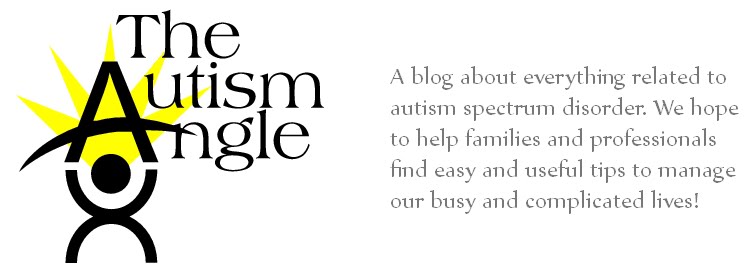As we are quickly approaching Autism Awareness month, it's time to really start thinking about educating others about ASD. Abby just had a great post on birthday parties and the importance of fostering awareness and so I thought I'd take a different spin and write a post on educating kids about ASD. Kids are usually very accepting and understanding, especially if they have some knowledge and education about differences. In this post I want to share with readers a program called Understanding Friends, which was developed by Catherine Faherty, an author and TEACCH therapist in Asheville.
Understanding Friends is a curriculum intended to be used for Elementary and Middle School children. It can be used in classrooms to help promote acceptance of differences. The presenter can chose to talk in general terms about differences or parents of a child with ASD may request that the presenter use this curriculum as a way of telling classmates about their child's diagnosis (it is a personal choice as to whether or not the child is present during the discussion). Also, especially in the case of peer tutoring programs, this curriculum can be used as a way of teaching mentors about the learning styles of their mentees in an autism classroom.
Begin with an interactive discussion about abilities and what it means to be unique. Stress that everyone has abilities that makes them unique and that what we all have in common is the need to be accepted and feel understood. For more specific information about how to facilitate this discussion and a complete guide to materials etc. click here.
Begin with an interactive discussion about abilities and what it means to be unique. Stress that everyone has abilities that makes them unique and that what we all have in common is the need to be accepted and feel understood. For more specific information about how to facilitate this discussion and a complete guide to materials etc. click here.
After the basic discussion, the presenter can either reveal the specific student with ASD or Autism classroom or go ahead and move on to the "Experiential Activity Centers." Here you will divide the class into 3-4 groups where the students will rotate through various activities designed to foster awareness and perspective taking. The centers include the following:
Visual Activity: For the activity students wear goggles covered in petroleum jelly while trying to complete a worksheet requiring reading and writing.
Sensory Activity: Here students are asked to try jumping rope using yarn and walk along a piece of tape on the floor while looking through binoculars backwards.
Attention & Auditory Sensory Activity: Students wear headphones with distracting noises while given a timed activity to complete, simulating what it's like to have to concentrate with so many auditory distractions.
* At each station there should be an adult present to facilitate discussion about regarding the activities. Next come together as a large group and pick one student to help demonstrate the next activity, which is the:
Receptive Language Activity: With materials necessary to set up a table (spoon, fork, plate, etc), instruct the volunteer to set the table while speaking in a different language or a nonsensical language. Then after some time of repeating the instructions in various tones and using gestures, give the student a jig that visually shows how to set the table.
Use this activity to discuss what it must feel like to not understand what is being said to you and how helpful visual information can be. Talk about how everyone has different learning styles and how using objects, pictures, or written information can help many people better understand their environment and our expectations. To wrap things up, Catherine Faherty also suggests providing some information on autism specifically. Depending on the age of the child, you might consider reading a children's book or in the past when I've given this presentation in a sibling workshop, we talked about Carol Gray's sixth sense, which is the "social" sense (Click here for more information).
This presentation can be a lot of fun and it's amazing to see how kids react-- when given a little knowledge and education, they are so accepting and understanding and they can be great teachers to others as well!
- Molly
- Molly

No comments:
Post a Comment